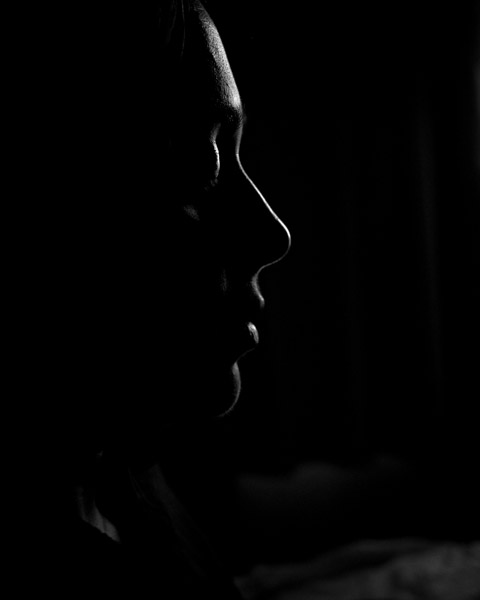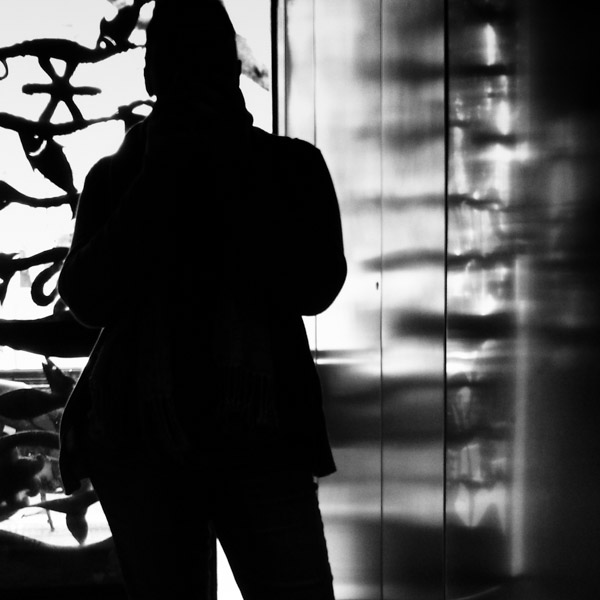
![]()
![]()
Cameras are unable to see the world as perfectly as our own eyes. In many cases the inability of a camera to see the world as well as us frustrates photographers. But there is an area where cameras excel. This is in producing silhouettes.
It’s actually quite rare for us humans to see a true silhouette with our eyes. Since our eyes are much more sophisticated than even the most advanced cameras, we’re able to easily see details in the brightest and the darkest parts of a scene simultaneously. This is the result of the broad dynamic range of our eyes’ light receptors and the processing power of the sophisticated computer called our brain.
Silhouettes can make powerful photographic statements. Quite a few photographers use silhouettes either routinely or on occasion as part of their photographic expression.
The mechanical part of producing a silhouette is relative simple. You just need to expose your shot for the brightest area of the scene and then the darkest part will become either completely or nearly dark.
Having a silhouette in an image does not itself guarantee an effective image. The artistry of effective silhouettes is much more complex. When I produce a silhouette, it tends to be part of a minimalist picture where the silhouette is the central subject. My intent is to create some degree of mystery, not to tell a story.
The picture above is one of my favorite silhouettes. My wife and I were traveling in southern Spain and I had woken up early to look through the pictures on my camera I had taken the day before. The curtain was just slightly open so it produced a natural silhouette of my wife as she got up.
She’s a natural model and readily posed for me as I took a few pictures of her face. The first few silhouettes didn’t turn out right, but then I finally got the shot I was looking for where the light, her pose and her expression were just perfect.
The photo below is another silhouette. In this picture, my wife was not posing; she was just standing at the door of our apartment in Barcelona waiting for the landlord. I just loved the way she was standing, the wrought iron door behind her, and the reflection of the door on the wall. I only had time to make one quick picture with my Google smartphone before she moved and the constant traffic started outside the apartment.
Silhouettes create a deep sense of mystery since so much of the central subject is obscured. When silhouettes are of people, this mystery can be deep and we use our imagination to fill in the gaps. We wonder what the person was doing; what they were thinking; and, why did the photographer decide to create a sense of mystery during that exact moment. This internal dialogue of the viewer can really draw them into a picture containing a silhouette.
Do either or both of these pictures draw you in to explore the mysteries hidden within? Even though I made both these pictures, they draw me in each time I look at them.

